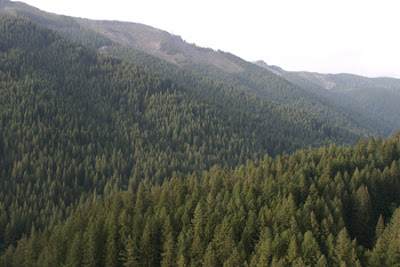
Contender 10: TeleCommute:
Average Daily Commute = 45 Pounds of CO2 per Day
Environmental Protection Agency figures indicate that
if just 10 percent of the nation's workforce TeleCommuted
just one day a week, Americans would conserve more than
1.2 million gallons of fuel per week.
Similarly, if only one in 100 American car owners
left his or her wheels in the garage one day a week,
it would save an estimated 42 million gallons of gas per year.
And in addition to conserving energy,
we could breathe a little easier:
A 90-minute round-trip commute pumps
9 pounds of carbon monoxide and
45 pounds of carbon dioxide into the air every day.
Reduced global warming:
Automobiles and light trucks emit 20 percent
of the U.S.'s fossil fuel-based carbon dioxide (CO2)
--a key contributor to the greenhouse effect.
A typical car gives off 20 pounds of CO2
for every Gallon of gas consumed.
Environmental Protection Agency figures
------

Around the country gas prices range about the same:
$2.96 in New York, $2.99 in Massachusetts,
$2.80 in Texas, and a whopping $3.24 in Montgomery, Alabama.
Who can afford the commute to work?
Who can afford to drive?
Consumers are wracking their brains trying to figure out
ways to cut down their gas expenses.
...
What is the best solution? Telecommuting.
According to Chuck Wilsker, President and CEO of
The Telework Coalition, telecommuting just two days a week
can reduce a person's gas expense by 40%.
Wilsker, who has studied workplace trends and telecommuting
for over ten years, recently noted,
"The more organizations that have telecommuters,
the more likely we will see gas prices stabilize
or drop at the pumps."
Wilsker isn't the only person who understands
the logic of telecommuting.
To help relieve some of the pain from gas prices,
even President Bush
has been encouraging federal workers to TeleCommute
since the last wave of Katrina.
It only makes sense: if you don't commute,
you buy less gas, and you save more money.
Telework Recruiting: The Best Source for Virtual Employment and Employees
-----
Telework is great for the environment.
Telecommuting: Getting Down to Business
 GreenFuel Technologies:
GreenFuel Technologies: 

